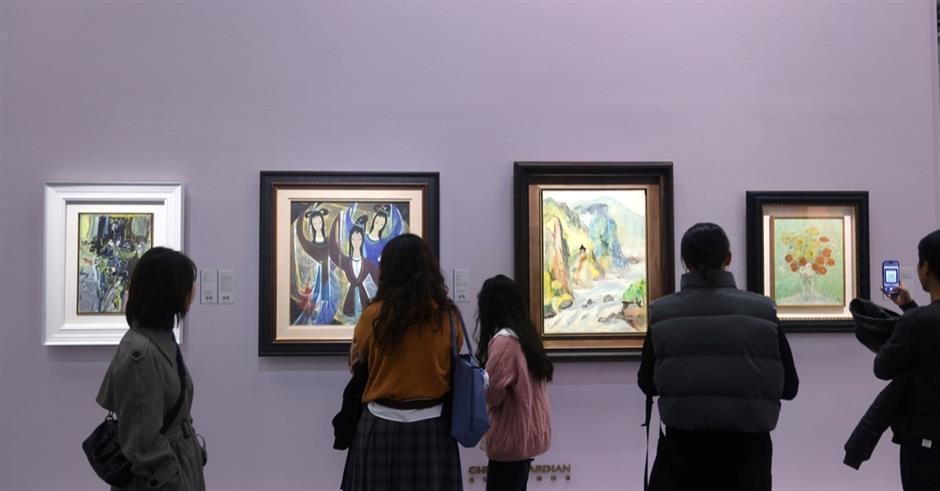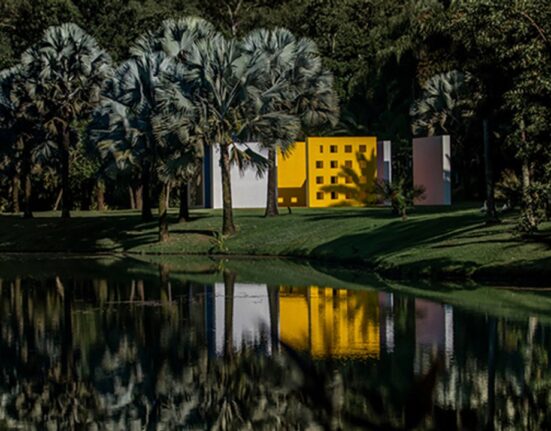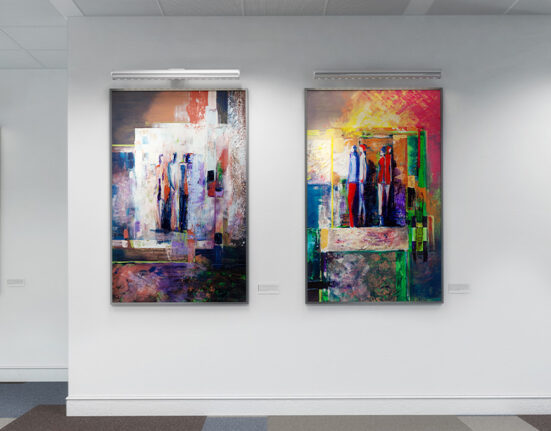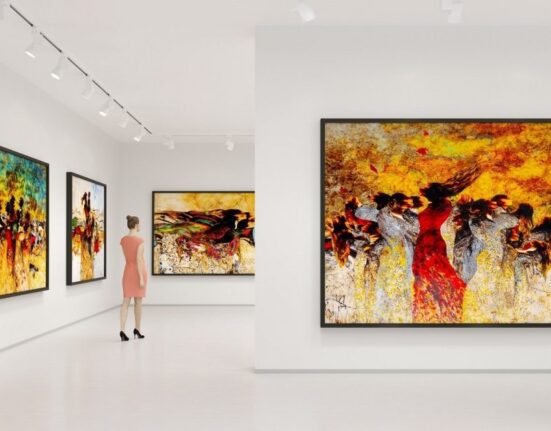They’re not bidding millions, but they are keeping the art market vibrant.
As ultra-wealthy collectors pull back on buying art, the gap is being filled by a different kind of buyer – albeit one with shallower pockets.
In 2024, while global art sales fell 12 percent, transactions under US$50,000 continued to rise, according to the latest Art Basel and UBS Global Art Market Report.
This countercurrent, led by digitally fluent, culturally engaged buyers in markets like China, is beginning to rewrite the rules of valuation and participation in contemporary art sales.
The report attributes this trend not to temporary belt-tightening, but to a structural shift in demand. Collectors are demonstrating growing risk aversion, a generational change in aesthetic tastes and a clear departure from the idea of art as a purely financial investment. Instead, art is being redefined as a lifestyle purchase – an emotive, expressive experience.
Nowhere is this transformation more evident than in China. Despite a headline-grabbing 31 percent drop in value of total art sales, its sharpest decline since 2009, China has seen a notable uptick in the number of first-time buyers in the under-US$50,000 price range. While top-tier auction sales stagnate, activity in smaller galleries is gaining momentum.

Imaginechina
Visitors browse paintings during a pre-auction preview. Works under US$50,000 are drawing increasing interest from younger collectors in China.
According to UBS, 50 percent of clients at low-turnover galleries in 2024 were new buyers, many of them younger professionals. This trend aligns with broader digital behavior. Some 72 percent of wealthier Chinese art collectors purchased through dealer websites or online viewing rooms, while 43 percent used social media channels like Instagram.
“These days, people don’t want to spend millions on a single painting, but they’re still willing to spend 200,000 yuan (US$28,000) or 300,000 yuan on something that makes them feel good,” said Leah Li, a Shanghai-based gallery operator. “It’s not about return; it’s about resonance.”
The rise of what could be called the “confident casual collector” reflects both a practical response to economic pressures and a deeper cultural realignment.
“When the macro outlook is shaky, collectors prioritize flexibility,” Li added. “At the same time, younger buyers, those born in the 1980s and 1990s, are choosing works that reflect their identity.”
Indeed, China’s market is far from dormant.
Marina Lui, China head for UBS Global Wealth Management, calls this moment a “recalibration” rather than a retreat.
“Entry-level activity has increased,” she noted. “Digital platforms have made art more accessible to a younger generation of buyers.”
Many of these buyers, according to UBS research, prefer to begin their collecting journeys with works from emerging artists at price points they find manageable. “They’re not pulling back; they’re simply participating differently,” Lui said.

Imaginechina
Art and antique objects are on display at a pre-auction exhibition. Entry-level collectors are exploring traditional and contemporary art forms through more accessible price points.
This shift isn’t merely about price. It signals a deeper reassessment of what artistic value means in today’s world. Art is increasingly viewed not through the lens of long-term value appreciation but chosen for more immediate enjoyment. It’s seen as something to live with, not locked away.
Shanghai-based artist agent Qin Zheqi, who represents painter Sun Yao, said he believes this marks a return to fundamentals.
“Collectors are moving away from chasing financial upside and focusing more on the philosophical and cultural depth of art,” he said.
Sun’s work, which are rooted in romantic and symbolistic traditions, has found steady support in the sub-US$50,000 price realm.
“He hasn’t chased trends.” Qin said. “He’s built value through sustained exhibitions, publications and critical reception, not by auction records.

Ti Gong
Sun Yao’s solo exhibition “On the Waves of” at Aurora Museum in Shanghai last year.
He noted the placement of Sun’s works in notable locations like the Aurora Museum and Powerlong Art Museum, as well as a new monograph archived by the British Library.
While most of Sun’s collectors remain long-term patrons, Qin said he has noticed new levels of engagement with younger buyers who may not be ready to commit to six-figure purchases but are starting with smaller works.
“It’s a healthy sign,” Qin said. “I care more about an artist’s intellectual structure than whether a piece is ‘easy to understand.’ This is a time to lay down deeper roots.”
While the traditional top-down structure of the art market remains influential, its gravitational pull appears to be weakening.
The UBS report notes that dealers with turnover under US$250,000 experienced a 17 percent increase in sales last year, even as overall dealer revenues declined by 6 percent. At the same time, the number of transactions globally grew 3 percent, pointing to rising participation despite lower aggregate values.
This dispersion of activity suggests the middle and lower tiers of the market are no longer just stepping stones. They’re becoming an important part of market infrastructure. Instead of aiming to elevate artists into the million-dollar echelon, galleries are increasingly relying on smaller formats, clearer pricing and long-tail engagement strategies, often digitally led.
“As a gallery, we’ve had to slow down,” Li said. “The rhythm of the market is changing. Every few years, there used to be a new group of million-dollar artists. That cycle is now disrupted, not just delayed but structurally changed.”
China’s reconfiguration is part of a wider recalibration. Japan’s art market, defying the broader regional downturn, has grown 11 percent since 2019, outpacing many Western markets.
Meanwhile, markets in Southeast Asia and other parts of Asia reported modest but positive growth of around 2 percent.
Taken together, these trends hint at a global flattening of the collector base. The gap; between trophy buyers and novices is giving way to a broader spectrum of motivated, informed participants who collect with clear purpose but not necessarily with speculation in mind.
The high end of the art market, once the primary pipeline for future big-league players, is now a stabilizing core. That does not mean the top end has vanished. It remains important, but its dominance is being diluted by the surge in smaller, nimbler transactions that reflect contemporary tastes and financial caution.







